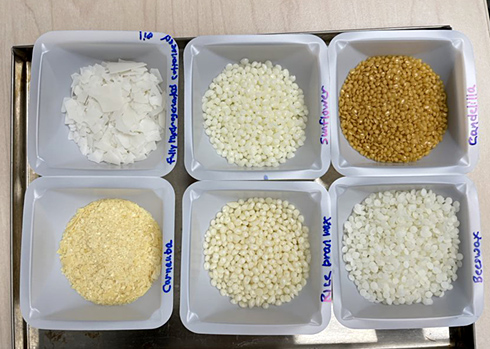
| January 2023 |
ARS Releases First USDA Winter Peas for Food, Not FeedUSDA MiCa, USDA Dint and USDA Klondike are the first winter pea cultivars specifically developed to be used whole or as an ingredient in human food developed and released by the Agricultural Research Service. These three new varieties offer several prized qualities: 1) high protein levels with a nearly complete amino acid profile, 2) peas lack the allergens common in soybeans and peanuts, which are often the supplier of protein, 3) a favorable, low glycemic index number and 4) winter peas are not genetically modified, all of their development is being done with traditional breeding, which is seen by some as a positive public relations trait. As a food ingredient, the winter peas can be used to provide the protein in protein-starch-fiber slurries used as part of producing nondairy milk, energy bars, non-wheat flour pastas, and baked goods. Some of the food products that contain pea protein as an ingredient include Beyond Meats, numerous brands of protein powder, and many trail mixes. Currently, winter peas are mostly grown in the Pacific Northwest as a cover crop to add nitrogen to farmers' fields, for domestic animal feed and to attract deer and other game species. They also are sometimes used in a crop rotation with winter wheat in semi-arid areas of the Pacific Northwest. But winter peas have much more potential value as an ingredient for human foods. |
|





